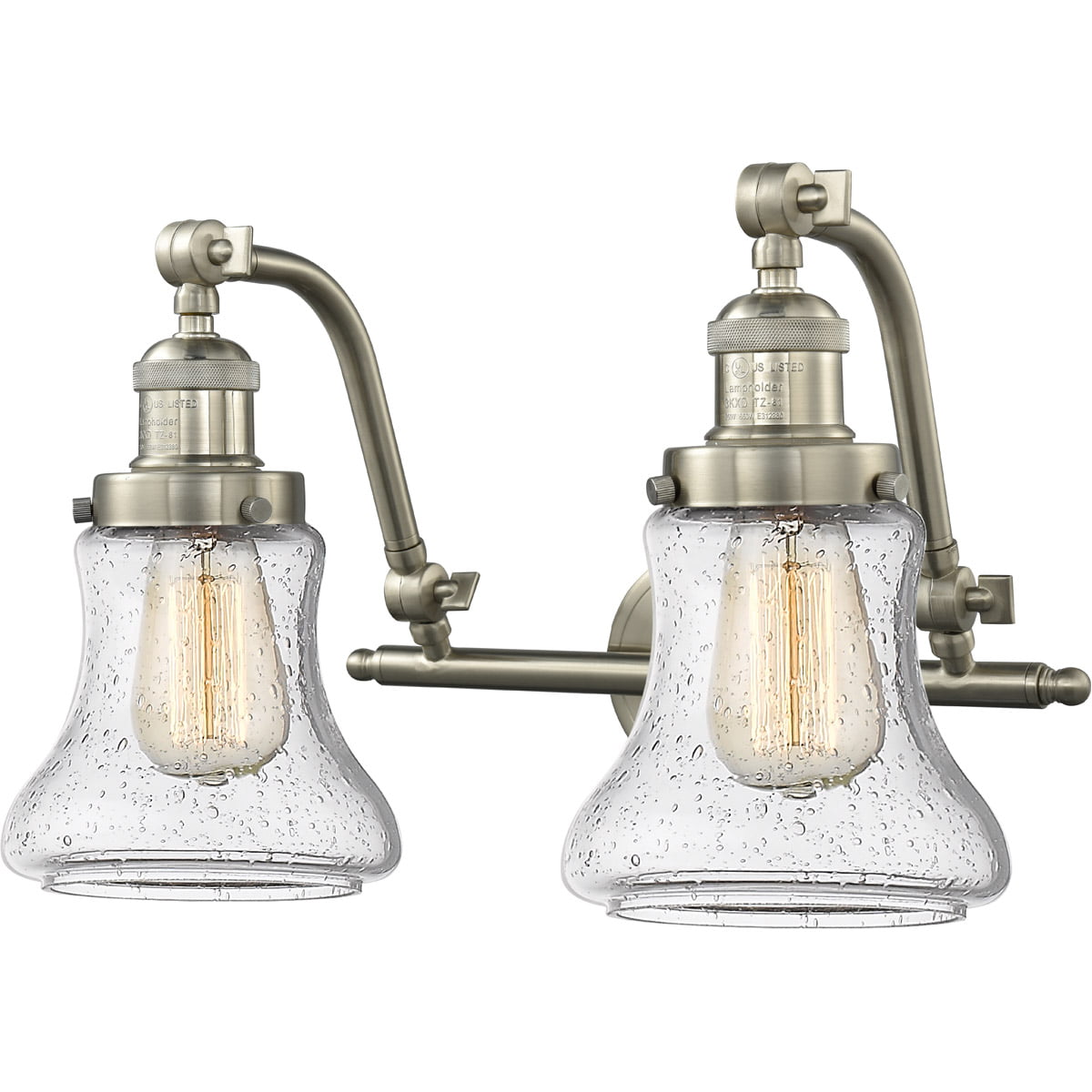Design Considerations: Update Bathroom Light Fixtures

Update bathroom light fixtures – When selecting light fixtures for your bathroom, it’s crucial to consider the overall design aesthetic you’re aiming for. Modern fixtures often feature clean lines, geometric shapes, and metallic finishes, while classic fixtures embrace more traditional elements like ornate details, curved lines, and softer hues.
To ensure your fixtures complement the bathroom’s decor, take into account the color scheme, materials, and architectural features. For instance, a minimalist bathroom with sleek lines and neutral tones would benefit from modern fixtures with simple silhouettes and brushed nickel or chrome finishes. Conversely, a traditional bathroom with warm colors and intricate details might be better suited for fixtures with ornate scrollwork and antiqued brass or copper finishes.
When embarking on the transformative journey of updating bathroom light fixtures, it’s essential to consider the harmonious interplay between illumination and ventilation. Top-rated bathroom extractor fans, meticulously curated by industry experts here , effectively eliminate lingering moisture and odors, creating a refreshing and invigorating atmosphere.
This thoughtful addition complements the enhanced luminosity, ensuring a bathroom sanctuary that delights the senses and promotes well-being.
Fixture Size and Layout
The size and layout of your bathroom will also influence your fixture choices. Smaller bathrooms often benefit from compact fixtures that don’t overwhelm the space, while larger bathrooms can accommodate more elaborate fixtures. Consider the placement of your fixtures as well. For example, if you have a vanity with two sinks, you’ll need two matching light fixtures above it.
As you update your bathroom light fixtures, consider embracing the timeless charm of rustic decor. Wooden accents, warm metals, and ambient lighting create a cozy and inviting atmosphere, while still providing ample illumination. The natural textures and earthy tones of rustic decor will complement your new fixtures, adding warmth and character to your bathroom.
Types of Light Fixtures

Light fixtures play a crucial role in illuminating a bathroom and enhancing its ambiance. Choosing the right fixtures can make a significant difference in the overall functionality and aesthetics of the space. There are several types of light fixtures commonly used in bathrooms, each with its own benefits and drawbacks.
Vanity Lights
Vanity lights are typically mounted above the bathroom mirror and provide task lighting for grooming and other activities. They come in various styles, from classic to contemporary, and can feature different types of bulbs, such as incandescent, fluorescent, or LED.
- Benefits: Provide focused illumination for tasks, enhance visibility, and can be used as a decorative element.
- Drawbacks: Can create shadows if not positioned correctly, may require additional lighting for general illumination.
Sconces
Sconces are wall-mounted light fixtures that provide ambient lighting and can be used to highlight specific areas or create a cozy atmosphere. They are available in a wide range of designs, from traditional to modern, and can feature different finishes, such as brass, chrome, or glass.
- Benefits: Provide general illumination, create a warm and inviting ambiance, and can be used as accent lighting.
- Drawbacks: May not provide sufficient task lighting, can be difficult to install in small spaces.
Ceiling Lights
Ceiling lights are mounted on the ceiling and provide general illumination for the entire bathroom. They come in various shapes and sizes, from recessed to flush-mount, and can feature different types of bulbs, such as incandescent, fluorescent, or LED.
- Benefits: Provide even and consistent lighting, eliminate shadows, and can be used in combination with other fixtures for additional illumination.
- Drawbacks: May not provide focused task lighting, can be difficult to install in bathrooms with low ceilings.
When selecting light fixtures for a bathroom, it is important to consider both functionality and aesthetics. Vanity lights provide task lighting for grooming, sconces create ambiance and accentuate specific areas, while ceiling lights provide general illumination. By carefully choosing the right fixtures, homeowners can create a well-lit and visually appealing bathroom that meets their needs.
Installation and Maintenance

Installing and maintaining bathroom light fixtures is a crucial aspect of ensuring both their functionality and longevity. Here are some essential considerations:
Step-by-Step Installation
Installing light fixtures safely requires meticulous attention to detail. Follow these steps to ensure a secure and proper installation:
- Turn off the power supply to the bathroom at the circuit breaker or fuse box.
- Remove the old light fixture by unscrewing the mounting screws or nuts.
- Connect the wires of the new fixture to the wires in the electrical box, matching the colors (black to black, white to white, and green or bare copper to ground).
- Secure the fixture to the electrical box using the mounting screws or nuts.
- Restore power to the bathroom and test the light fixture.
Tools and Materials
To complete the installation process, you will need the following tools and materials:
- Screwdriver (Phillips and/or flathead)
- Wire cutters and strippers
- Electrical tape
- Voltage tester
- Ladder or step stool
Maintenance Tips, Update bathroom light fixtures
Regular maintenance can significantly extend the lifespan of your bathroom light fixtures. Here are some tips to keep them in optimal condition:
- Clean the fixtures regularly with a damp cloth to remove dust and dirt.
- Replace bulbs as soon as they burn out to prevent electrical hazards.
- Inspect the wiring periodically for any signs of damage or wear.
- Avoid using harsh chemicals or abrasive cleaners on the fixtures.